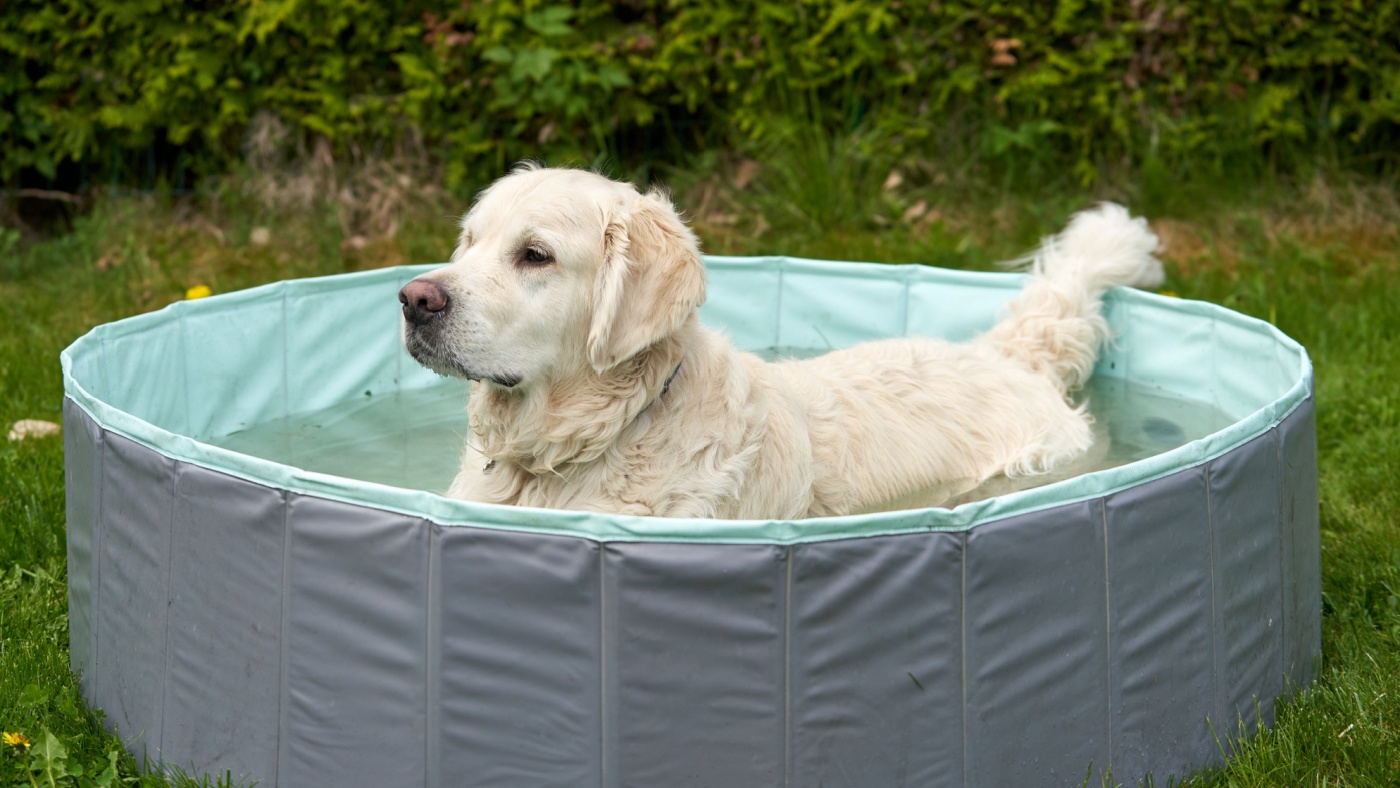If you haven’t been living through this summer’s heat wave, you for sure have heard about it. Local TV and radio stations always issue those warnings to people about the dangers of the heat and talking about how we can protect ourselves by limiting outdoor activities, staying hydrated, wearing the right clothing or just staying inside. So that’s how you keep yourself safe from heat stress and heat stroke. And of course, if you own a dog or dogs…
“…keeping yourself safe helps keep your pets safe too.”
This from agriculture department veterinarian Dr. Dawn Fitzhugh, and she says it does not have to be near 100 degrees to become a serious problem for certain dogs. She says problems can start in some pets when it’s 85 degrees out.
“So when it gets above 85 most of the time we really want to pay attention to the heat, the humidity and our pets condition when they’re out there.”
Before taking our dogs out into the heat, Dawn says we should ask ourselves some questions.
“Is our pet used to this type of heat? Are they overweight? Are they underweight? Are they older? Are they really young? So all of those things can come into play as to how our pets can tolerate the heat.”
And certain breeds have more trouble in hot weather than others, and we’ll get to that in a minute. But dogs in general are susceptible to heat stroke, because unlike we humans, who have sweat glands all over our bodies to help cool us down…
“Pets, for the most part, only really perspire or sweat like dogs and cats through some sweat glands in their feet.”
…which does not help very much. And so for dogs, only cooling mechanism is this, yes, panting. And for some dogs, that’s not enough to keep them from becoming dangerously hot and dying from it. Dawn says that does happen, even when the dog is accustomed to, say 80 degrees, and is okay with that.
“But if you suddenly go from, say, an 80 degree temperature to now, you know might climb up over 100 with some of these weather changes we’ve been seeing that’s that’s where it’s extremely dangerous.
Because some dogs just won’t cut back on running and fetching and such. They just want to have fun.
“And so before we know it, we can slip into something really dangerous, because they’re not going to limit themselves.
That’s up to us owners to limit them and watch for signs of trouble. Dawn says certain breeds are more prone to heat stroke than others.
“The Alaskan Malamutes, who have that thick fur, you know, they’re going to be especially vulnerable. The dogs with the little pushed in faces that are super cute, so like your Pugs and your French bulldogs, those guys are going to be especially vulnerable when it comes to heat, so we want to be really careful with some of those dogs in particular.”
No matter the breed, whether it’s a big dog or little one, there are signs of trouble that we should be watching for and guarding against. If the dog is usually a big player, lots of running and jumping or even just likes to walk really fast, but then suddenly just stops and lies down.
“Then that’s them telling you, hey, I’ve had enough here.”
So if you can get that dog back indoors where it’s cooler, however, let’s go back a bit outside. The dog may not stop playing or walking on its own, and could soon show other more serious signs of a heat problem, suddenly slow walking, maybe staggering, trying to walk….
“Perhaps even vomiting, and they can have diarrhea that can even turn to bloody diarrhea. And so those things are an emergency.”


